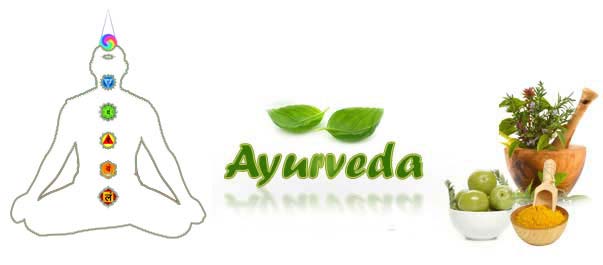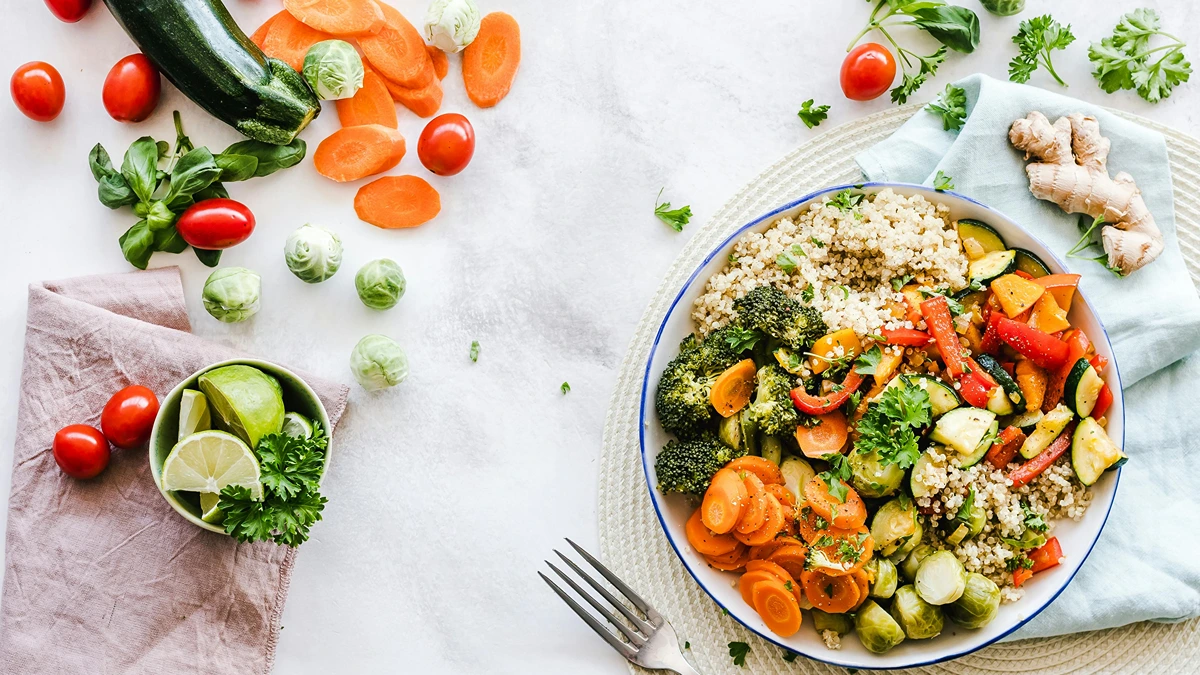| Ayurveda A Science of Life… |
|
Ayurveda is an ancient science of India which explains the way of leading a healthy and stress free life. The word Ayurveda itself means the science of life Ayu is Life and Veda is Science or Knowledge. It’s references are available in all vedas & mainly in Atharvaveda. Vedas, where all the Rishis have explained about the way of leading a healthy life and its various other factors which affect life. Aurveda explained that for every work done karya there is a responsible cause Karan. |
|
As modern science explains that the whole universe is made up of three major components ie. solid, liquid and gases, similarly Ayurveda explains about panch bhautik sidhanta. According to Ayurveda all living and non living beings have originated from panch mahabhuta
Aakash
Vayu
Agni
Jal
Prithvi
|
Here are some Frequently Asked Question that you always wanted to know.
| Q1. What are the causes of Baldness and how can we prevent it? |
| Q2. What are Acne and how it is treated ? |
| Q3. How Constipation can be cured ? |
| Q4. How Acidity can be avoided ? |
| Q5. What may be the reason for the dark circles below the eyes ? |
| Q6. Any home remedy for loss of appetite ? |
| Satvic Diet | Rajasi Diet | Tamasic Diet | Food for Good Health |
|
Tips for Nutritions
Infants should always be feed on breast milk. Since nature has provided healthy food for him. |
|
Now to understand the type of diet for working class and about the type of nutrition for them. Let’s see how improper metabolism can cause various disorders. |
|
To maintain the proper balance nutrition Ayurveda has divided the food according to its taste.
It is of six types.
According to Ayurveda diet should contain all the six tastes in proportion and should be easy for digestion. Types of diet influencing Satva / Mana / Mind.
|
| Satvic Diet |
| Satva is the main and most healthy property (guna) of mind. Satvic diet is Ojas (Bliss) producing and maintains the body mind equilibrium and longevity. It keeps all the three body Doshas in a balanced state. This best diet consists of light, soothing, easily digested, refreshing articles with a balance of all six tastes and in adequate quantity.
Milk : Cow’s milk is preferred to other milks as it is most satvic. Milk provides proteins and strength necessary for reconstruction of all cells. Ghee : Ghee provides the fatty portion of diet. Fruits and Vegetables : Fruits and vegetables must occupy the maximum portion of one’s diet. But they must be fresh, properly ripened, devoid of germs and consumed as per their reasons only. Both are immuno-modulate and provide one the required vitamins, minerals, salts. They are bulk-promoting, nourishing and strength-promoting. Fruits : apricots, melons, dates, cherries, coconut , orange, bananas, amlaki etc. Vegetables :Green leafy vegetables, mung, cabbage, karela etc. Cereals : Cereals like old quantity of red variety of rice, white variety, barley, little amount of wheat etc are excellent carbohydrate supplements. Dietary articles of sweet taste in general : A small quantity of butter and honey can also be termed as Satvic articles. Thus a Satvic diet provides all necessary energy for reconstruction and development of body constituents. Maximum portion of such a diet is converted into Ojas infusing happiness & buoyant feeling throughout the body. Persons habitual to Satvic diet have minimum risks of diseases like heart troubles, blood pressure etc. |
|
|
| Rajasi Diet |
| Rajasi diet is a tasteful diet maintaining the equilibrial state of doshas. It vitiates Vata and Pitta leading to their respective disorders. Dietary articles with pungent and bitter taste Food items with sour and salty taste, hot in potency, aggravate Pitta. Liquor : Liquor’s properties are almost similar with those of poison. It provokes all three doshas and is a great risk factor for disease like Hypertension, Hyperacidity, Cardiac disorders, Neurological deficits, Gastritis, ulcers etc. Fish: It is Vata-Pitta aggravator & causes various dermatological complications and allergies manifestations. Meat & Eggs : Though they are strength promoting in turn greatly aggravate Kapha & some times even Pitta. As they are heavy to digest on daily usage cause various digestive problems like Indigestion, Gastroenteritis, Vomiting, Ulcer, HyperAcidity etc. Meat & eggs also come under main risk factors of HyperTension, Obesity, HyperLipidemia etc. Vegetables : Onion, Garlic, Radish, Potatoes, Sweet Potatoes, Tomatoes, Brinjal, Beans etc. All Spices : They greatly aggravate Vata-Pitta. Hot soft drinks : Tea, CoffeeModern dietary products like fast foods, all oily-spicy articles are Rajasi. Thus a Rajasi diets maximum portion is converted into waste producing a little of Ojas. Hence it reduces body immunity and induces anger, irritability like properties. |





